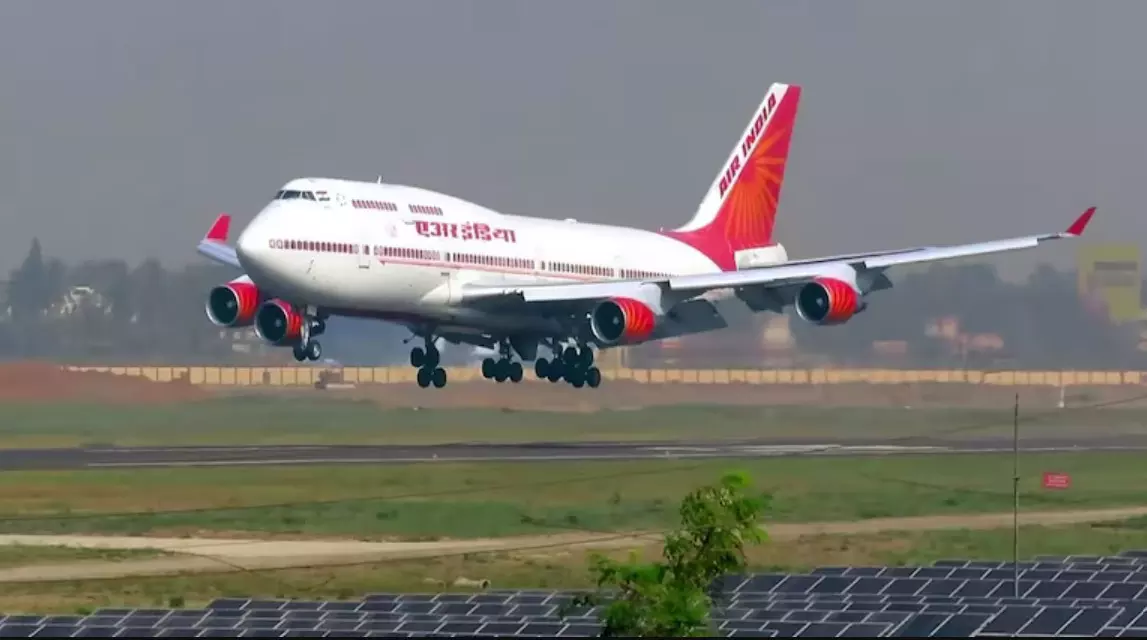Turbulence in the skies

The skies over India have been anything but calm over the past few days. A sudden wave of hoax bomb threats has caused widespread panic and chaos. Since Monday, at least 19 flights have been targeted, leading to massive delays, diversions, and a domino effect of disruptions. Affected airlines include Air India, IndiGo, SpiceJet, Akasa Air etc. While no actual bombs have been found thus far, the psychological and economic damage unleashed by these hoaxes is substantial. These threats have affected domestic routes and disrupted international flights as well, putting additional strain on aviation agencies worldwide. Authorities in countries like Singapore and Canada had to be involved in certain investigations.
Although the Indian aviation industry is no stranger to hoax bomb threats, the threats floated in the first half of this week have taken things on a considerably turbulent and costly route. Every time a bomb threat is made, a complex and expensive security procedure is triggered. Flights are diverted to isolation bays, passengers are offloaded, and bomb squads, sniffer dogs, and security teams are roped in. Luggage and cargo are meticulously searched before the plane is allowed to fly again. All this, as officials note, is highly expensive and time-consuming. Flights get delayed by hours, creating a ripple effect that affects other flights scheduled on the same aircraft. Additionally, airlines are obliged to compensate passengers, provide refreshments, hotel accommodations, etc. Passengers, too, suffer—beyond mere inconvenience, such events are anxiety-inducing and psychologically distressing. For flights destined for international locations, the delays and disruptions extend to a wider network of passengers and agencies.
All this nuisance and losses on what account? The answer to this question is ridiculously unsatisfactory. On Monday, threats to three international flights that departed from Mumbai were linked to a social media handle on X (formerly Twitter). The Mumbai police detained a teenager from Chhattisgarh in connection with these threats. The motive was, reportedly, to take revenge for a financial dispute with a friend! The teenager had allegedly created fake handles to implicate his former business partner in these threats. It is difficult to wrap one’s head around the fact that an attempt to settle personal scores has led to a nuisance that will make international headlines. But this wasn’t an isolated case. Another X handle was responsible for additional threats on Tuesday, affecting seven more flights. Though the account has since been suspended, the damage was already done. While some threats appear to have originated domestically, others seem to have come from abroad. As of now, officials remain tight-lipped about international involvement.
It may be noted that such a turbulent situation can be misused by external adversaries who might place genuine threats amidst hoaxes. While the law enforcement agencies are actively investigating each case, the Ministry of Civil Aviation is also contemplating stricter punishments for such acts, including placing those responsible for hoaxes on no-fly lists.
India is still in a phase where the middle-class is searching for wings of aspirations. The top Indian leadership has also time and again articulated the ambition to make flight travels affordable and accessible for broader masses. As the nation’s aviation industry swells, all stakeholders must be ready for a hiccup-free, safe and secure experience. The government, in collaboration with airlines and the Directorate General of Civil Aviation, should take proactive and deterrent measures. As India takes the flight of aspirations, the journey should be hassle-free.



